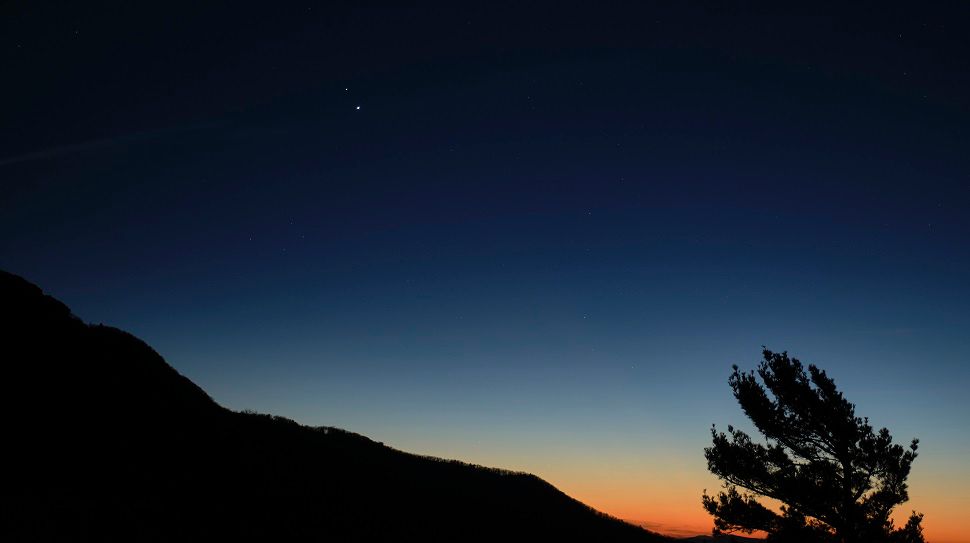From May 12 through 15, you will see the moon along with three planets in the evening sky.
You will see the moon pair up with some planets in our solar system.
The first will be Venus. You'll want to have an unobstructed view of the horizon as the planet will be very low in the sky. Look to the west shortly after sunset. Venus will appear very close to the crescent moon.
The moon and Venus will set roughly one hour after sunset, so you won't have much time to view the pairing. If you miss that opportunity, you will have a longer period on May 13 where the moon will be higher in the sky and won't set until later.
Mercury will appear to the southeast of the crescent moon. You should be able to see it with the naked eye given a clear sky.
You will start seeing this pairing about one hour after sunset.
Mercury will set roughly two hours after sunset.
On this day, you will see Mars just to the upper left of the moon and much higher above the horizon.
Mars stays out longer and sets roughly four after the sun sets.

Venus is the brightest planet that you will see, followed by Mercury and then Mars. In fact, Venus is 36 times brighter than Mercury and 163 times brighter than Mars!
However, the fainter planets will be in the night sky longer than Venus. Mercury sets after Venus and Mars sets after Mercury.
You should be able to see all the planets with the naked eye given a clear sky. Binoculars will give you a better view, though!



